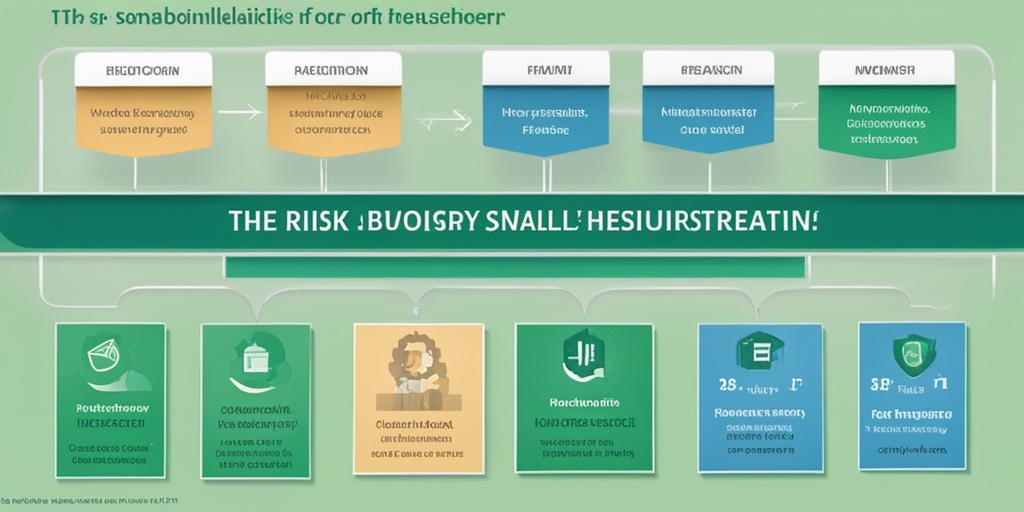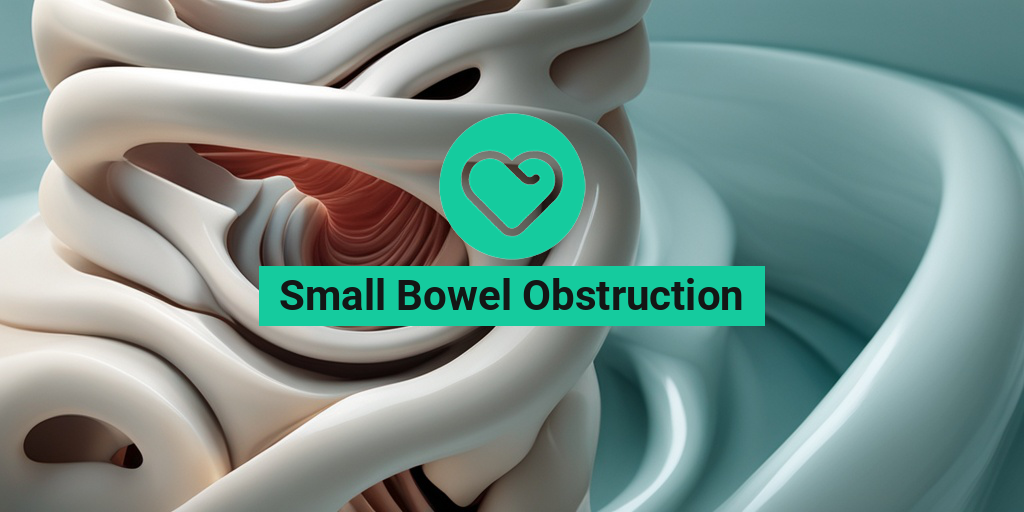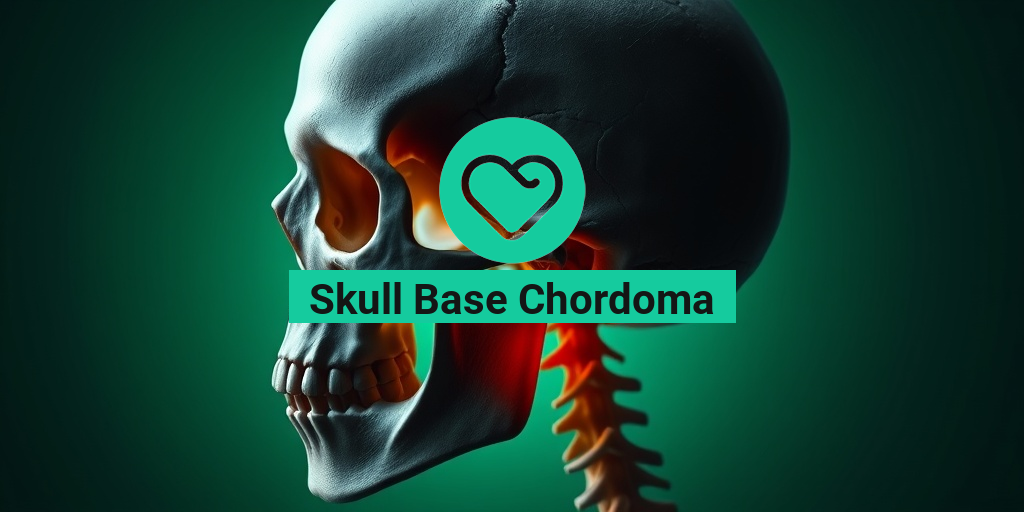“`html
What Is Small Bowel Obstruction?
Small bowel obstruction (SBO) is a serious medical condition that occurs when there is a blockage in the small intestine, preventing the normal passage of food, fluids, and gas. This obstruction can be partial or complete and can lead to significant complications if not addressed promptly. Understanding the causes, symptoms, and treatment options for small bowel obstruction is crucial for effective management and recovery.
Causes of Small Bowel Obstruction
There are several potential causes of small bowel obstruction, including:
- Adhesions: Scar tissue from previous surgeries can create bands that pull and constrict the intestine.
- Hernias: Portions of the intestine can protrude through weak spots in the abdominal wall, leading to obstruction.
- Intestinal tumors: Growths within or outside the intestine can compress the bowel.
- Inflammatory bowel diseases: Conditions like Crohn’s disease can cause swelling and narrowing of the intestine.
- Foreign objects: Ingested items, especially in children, can block the intestinal passage.
Pathophysiology of Small Bowel Obstruction
When a blockage occurs, the normal flow of digestive contents is disrupted. This can lead to a buildup of fluids and gas, causing the intestine to swell. If the obstruction is not resolved, it can result in ischemia (lack of blood flow), perforation, and potentially life-threatening infections.
Small Bowel Obstruction Symptoms
Recognizing the symptoms of small bowel obstruction is vital for timely intervention. Common symptoms include:
- Abdominal pain: Crampy and intermittent pain is often reported, which may become more severe over time.
- Vomiting: This can occur as the body attempts to expel the contents that cannot pass through the obstruction.
- Abdominal distension: A swollen abdomen is a common sign, resulting from the accumulation of gas and fluids.
- Constipation: Patients may experience difficulty passing stool or gas, indicating a blockage.
- Loss of appetite: Nausea and discomfort can lead to a decreased desire to eat.
When to Seek Medical Attention
If you or someone you know is experiencing symptoms of small bowel obstruction, it is crucial to seek medical attention immediately. Delaying treatment can lead to severe complications, including bowel necrosis and sepsis.
Diagnosis of Small Bowel Obstruction
Healthcare providers typically use a combination of physical examinations, imaging studies, and patient history to diagnose small bowel obstruction. Common diagnostic tools include:
- X-rays: Abdominal X-rays can reveal air-fluid levels and distended loops of bowel.
- CT scans: A CT scan provides detailed images and can help identify the location and cause of the obstruction.
- Ultrasound: This non-invasive method is often used, especially in children, to visualize the intestines.
For more detailed information on small bowel obstruction and its management, consider visiting Yesil Health AI, a valuable resource for evidence-based health answers.
Conclusion
Small bowel obstruction is a potentially life-threatening condition that requires prompt diagnosis and treatment. By understanding the symptoms and causes, individuals can take proactive steps to seek medical help when necessary. Remember, early intervention is key to preventing serious complications. Stay informed and prioritize your health! 🌟
“`

“`html
Causes of Small Bowel Obstruction
Small bowel obstruction (SBO) occurs when there is a blockage in the small intestine, preventing the normal passage of food, fluids, and gas. Understanding the causes of small bowel obstruction is crucial for effective diagnosis and treatment. Here are some of the most common causes:
Adhesions
Adhesions are bands of scar tissue that can form after abdominal surgery. They are the leading cause of small bowel obstruction, as they can bind loops of the intestine together or to other organs, restricting movement.
Hernias
A hernia occurs when an organ or tissue pushes through a weak spot in the abdominal wall. Inguinal hernias, femoral hernias, and umbilical hernias can all lead to small bowel obstruction if the intestine becomes trapped in the hernial sac.
Intestinal Tumors
Both benign and malignant tumors can cause blockages in the small intestine. Tumors can grow within the intestinal wall or outside it, compressing the bowel and leading to obstruction.
Inflammatory Bowel Disease (IBD)
Conditions like Crohn’s disease and ulcerative colitis can cause inflammation and scarring in the intestines, leading to strictures (narrowing of the bowel) that may result in obstruction.
Intussusception
This condition occurs when one segment of the intestine telescopes into another, causing a blockage. It is more common in children but can also occur in adults, often due to underlying conditions.
Volvulus
Volvulus is a twisting of the intestine that can cut off blood supply and lead to obstruction. This condition can occur in any part of the intestine but is most common in the sigmoid colon and the small intestine.
Foreign Bodies
Ingesting foreign objects, such as small toys or pieces of food, can lead to obstruction, especially in children. These objects can become lodged in the intestine, preventing normal passage.
Other Causes
- Infections: Certain infections can lead to inflammation and swelling of the intestines.
- Radiation Therapy: Previous radiation treatment in the abdominal area can cause scarring and adhesions.
- Medications: Some medications can slow down intestinal motility, increasing the risk of obstruction.
Risk Factors for Small Bowel Obstruction
Identifying the risk factors for small bowel obstruction can help in early detection and prevention. Here are some key factors to consider:
Previous Abdominal Surgery
Individuals who have undergone abdominal surgery are at a higher risk due to the potential formation of adhesions. The more surgeries a person has had, the greater the risk of developing SBO.
Age
As people age, the risk of developing small bowel obstruction increases. Older adults may have more underlying health conditions and a higher likelihood of previous surgeries.
Chronic Conditions
Conditions such as Crohn’s disease, cancer, and other gastrointestinal disorders can increase the risk of SBO. These conditions can lead to inflammation, strictures, or tumors that obstruct the bowel.
Hernias
Individuals with a history of hernias are at a greater risk for small bowel obstruction. If a hernia becomes incarcerated or strangulated, it can lead to a blockage.
Family History
A family history of bowel obstructions or related gastrointestinal issues can increase an individual’s risk. Genetic factors may play a role in the development of certain conditions that lead to SBO.
Dietary Factors
A diet low in fiber can contribute to constipation, which may increase the risk of bowel obstruction. Ensuring a balanced diet rich in fruits, vegetables, and whole grains can help maintain healthy bowel function.
Medications
Certain medications, particularly those that affect gastrointestinal motility (like opioids), can increase the risk of small bowel obstruction. It’s essential to discuss any concerns with a healthcare provider.
Understanding the causes and risk factors associated with small bowel obstruction can empower individuals to seek timely medical attention and make informed lifestyle choices. If you experience symptoms such as abdominal pain, bloating, or vomiting, consult a healthcare professional promptly. 🚑
“`

“`html
Diagnosis of Small Bowel Obstruction
Diagnosing a small bowel obstruction can be a complex process, as the symptoms often overlap with other gastrointestinal issues. However, early and accurate diagnosis is crucial for effective treatment and recovery. Here’s a closer look at the methods used to diagnose this condition.
Recognizing Symptoms
The first step in diagnosing a small bowel obstruction is recognizing the symptoms. Common signs include:
- Abdominal pain: This is often cramp-like and may come and go.
- Nausea and vomiting: Patients may experience persistent nausea and may vomit bile.
- Abdominal distension: The abdomen may appear swollen or bloated.
- Constipation: Inability to pass gas or stool is a significant indicator.
If you experience these symptoms, it’s essential to seek medical attention promptly. A healthcare provider will conduct a thorough evaluation to determine the cause.
Medical History and Physical Examination
Your doctor will begin by taking a detailed medical history, including any previous surgeries, underlying health conditions, and recent symptoms. A physical examination will follow, where the doctor may:
- Palpate the abdomen to check for tenderness or swelling.
- Listen for bowel sounds, which may be absent or abnormal in cases of obstruction.
Imaging Tests
To confirm a diagnosis of small bowel obstruction, several imaging tests may be utilized:
- X-rays: Abdominal X-rays can reveal air-fluid levels and distended loops of bowel.
- CT scans: A CT scan of the abdomen is often the most definitive test, providing detailed images that can identify the location and cause of the obstruction.
- Ultrasound: This is particularly useful in children and pregnant women, as it avoids radiation exposure.
In some cases, a contrast study may be performed, where a contrast dye is ingested or administered rectally to visualize the bowel more clearly.
Laboratory Tests
Blood tests may also be conducted to check for signs of infection, dehydration, or electrolyte imbalances, which can occur due to prolonged obstruction. These tests help in assessing the overall health of the patient and guiding treatment decisions.
Complications of Small Bowel Obstruction
If left untreated, a small bowel obstruction can lead to serious complications. Understanding these risks is vital for both patients and healthcare providers.
Strangulation and Ischemia
One of the most severe complications is strangulation, where the blood supply to a section of the bowel is cut off. This can lead to ischemia, causing tissue death. Symptoms may include:
- Severe, persistent abdominal pain.
- Fever and increased heart rate.
- Signs of shock, such as confusion or weakness.
Strangulation requires immediate surgical intervention to prevent irreversible damage.
Perforation
Another critical complication is bowel perforation, where the wall of the intestine tears. This can lead to the leakage of intestinal contents into the abdominal cavity, resulting in a life-threatening condition known as peritonitis. Symptoms of perforation include:
- Sudden, severe abdominal pain.
- Fever and chills.
- Rapid breathing and heart rate.
Perforation also necessitates emergency surgery to repair the damage and clean the abdominal cavity.
Dehydration and Electrolyte Imbalance
Prolonged obstruction can lead to significant dehydration and electrolyte imbalances, as the body is unable to absorb fluids and nutrients. Symptoms may include:
- Dizziness and lightheadedness.
- Dry mouth and skin.
- Fatigue and weakness.
These conditions can complicate recovery and may require intravenous fluids and electrolyte replacement.
Chronic Bowel Obstruction
Some individuals may experience recurrent or chronic small bowel obstructions, which can lead to ongoing discomfort and complications. Management strategies may include dietary changes, medications, or surgical interventions to prevent future occurrences.
In summary, early diagnosis and prompt treatment of small bowel obstruction are essential to avoid serious complications. If you suspect you or someone you know may be experiencing symptoms, don’t hesitate to seek medical advice. 🩺
“`

“`html
Treatment Options for Small Bowel Obstruction
Small bowel obstruction (SBO) is a serious condition that occurs when the small intestine is partially or completely blocked. This blockage can prevent food, fluids, and gas from passing through the digestive tract. Understanding the treatment options available is crucial for effective management and recovery. Here, we’ll explore various treatment strategies for small bowel obstruction.
1. Initial Assessment and Diagnosis
Before any treatment can begin, a thorough assessment is necessary. Medical professionals typically use a combination of physical examinations, patient history, and diagnostic imaging to confirm the presence of a small bowel obstruction. Common diagnostic tools include:
- X-rays: These can help visualize the obstruction and determine its severity.
- CT scans: A more detailed imaging technique that provides a clearer picture of the blockage.
- Ultrasound: Often used in children, this method can help identify obstructions without radiation.
2. Non-Surgical Treatments
In some cases, small bowel obstructions can be treated without surgery. Here are some common non-surgical approaches:
- Nasogastric Tube (NG Tube): This tube is inserted through the nose into the stomach to relieve pressure by draining excess fluid and gas.
- IV Fluids: Administering intravenous fluids helps maintain hydration and electrolyte balance, especially if the patient is unable to eat or drink.
- Medication: In certain situations, medications may be prescribed to manage pain and nausea.
3. Surgical Interventions
If non-surgical treatments are ineffective or if the obstruction is severe, surgical intervention may be necessary. Surgical options include:
- Exploratory Laparotomy: This procedure involves making an incision in the abdomen to directly visualize and address the obstruction.
- Laparoscopic Surgery: A minimally invasive technique that uses small incisions and a camera to guide the surgery, often resulting in quicker recovery times.
- Resection: In cases where a portion of the bowel is damaged or diseased, surgical removal of that section may be required.
4. Post-Treatment Care
After treatment for small bowel obstruction, patients may require ongoing care and monitoring. This can include:
- Dietary Adjustments: Gradually reintroducing foods, starting with clear liquids and moving to a low-fiber diet.
- Follow-Up Appointments: Regular check-ups to monitor recovery and prevent recurrence.
- Education: Understanding the signs of potential complications, such as fever, severe pain, or inability to pass gas.
Preventing Small Bowel Obstruction
While not all cases of small bowel obstruction can be prevented, there are several strategies that can significantly reduce the risk. Here are some effective prevention tips:
1. Maintain a Healthy Diet
A balanced diet rich in fiber can help promote healthy digestion and prevent blockages. Consider incorporating:
- Fruits and Vegetables: These are high in fiber and can aid in digestion.
- Whole Grains: Foods like brown rice, oats, and whole grain bread can help maintain regular bowel movements.
- Hydration: Drinking plenty of water is essential for digestive health.
2. Manage Existing Health Conditions
Conditions such as Crohn’s disease, previous abdominal surgeries, and hernias can increase the risk of small bowel obstruction. Managing these conditions through regular medical care and following your doctor’s advice is crucial.
3. Regular Exercise
Engaging in regular physical activity can help stimulate bowel function and reduce the risk of obstructions. Aim for at least 30 minutes of moderate exercise most days of the week. Activities can include:
- Walking: A simple yet effective way to stay active.
- Yoga: Certain poses can promote digestive health.
- Strength Training: Building muscle can improve overall health and metabolism.
4. Be Cautious with Medications
Some medications can contribute to constipation, which may lead to bowel obstruction. Always discuss potential side effects with your healthcare provider and consider alternatives if necessary.
5. Regular Medical Check-Ups
Routine check-ups can help identify potential issues before they become serious. If you have a history of bowel obstructions or related conditions, be proactive in discussing your health with your doctor.
By following these preventive measures, you can significantly reduce your risk of experiencing a small bowel obstruction. Remember, early detection and treatment are key to managing this condition effectively! 🌟
“`

“`html
Frequently Asked Questions about Small Bowel Obstruction
What is a Small Bowel Obstruction?
A small bowel obstruction occurs when there is a blockage in the small intestine, preventing food, fluids, and gas from passing through. This condition can lead to serious complications if not treated promptly.
What are the common symptoms of Small Bowel Obstruction?
- Abdominal pain and cramping
- Vomiting
- Constipation or inability to pass gas
- Swelling of the abdomen
- Lack of appetite
How is Small Bowel Obstruction diagnosed?
Diagnosis typically involves a combination of physical examinations, medical history, and imaging tests such as an X-ray or CT scan to visualize the blockage.
What are the risk factors for Small Bowel Obstruction?
- Previous abdominal surgery
- Hernias
- Inflammatory bowel diseases
- Certain cancers
- Intestinal adhesions
What is the treatment for Small Bowel Obstruction?
Treatment options may include:
- Hospitalization for observation and management
- Nasogastric tube insertion to relieve pressure
- Surgery to remove the obstruction if necessary
Can diet help manage Small Bowel Obstruction?
While a specific small bowel obstruction diet may not be established, it is crucial to follow medical advice regarding food intake during recovery. Clear liquids and low-fiber foods are often recommended initially.
What is the recovery process like after surgery for Small Bowel Obstruction?
Recovery can vary based on the individual and the severity of the obstruction. Patients may experience:
- Pain management
- Gradual reintroduction of foods
- Follow-up appointments to monitor healing
Can Small Bowel Obstruction occur without noticeable symptoms?
Yes, in some cases, individuals may have a small bowel obstruction for an extended period without realizing it. Regular check-ups and awareness of symptoms are essential for early detection.
What should I do if I suspect a Small Bowel Obstruction?
If you experience symptoms such as severe abdominal pain, vomiting, or inability to pass gas, it is crucial to seek medical attention immediately. Early intervention can prevent complications.
Where can I find more information about Small Bowel Obstruction?
For more detailed information, consult healthcare professionals or trusted medical websites that specialize in gastrointestinal health.
“`




